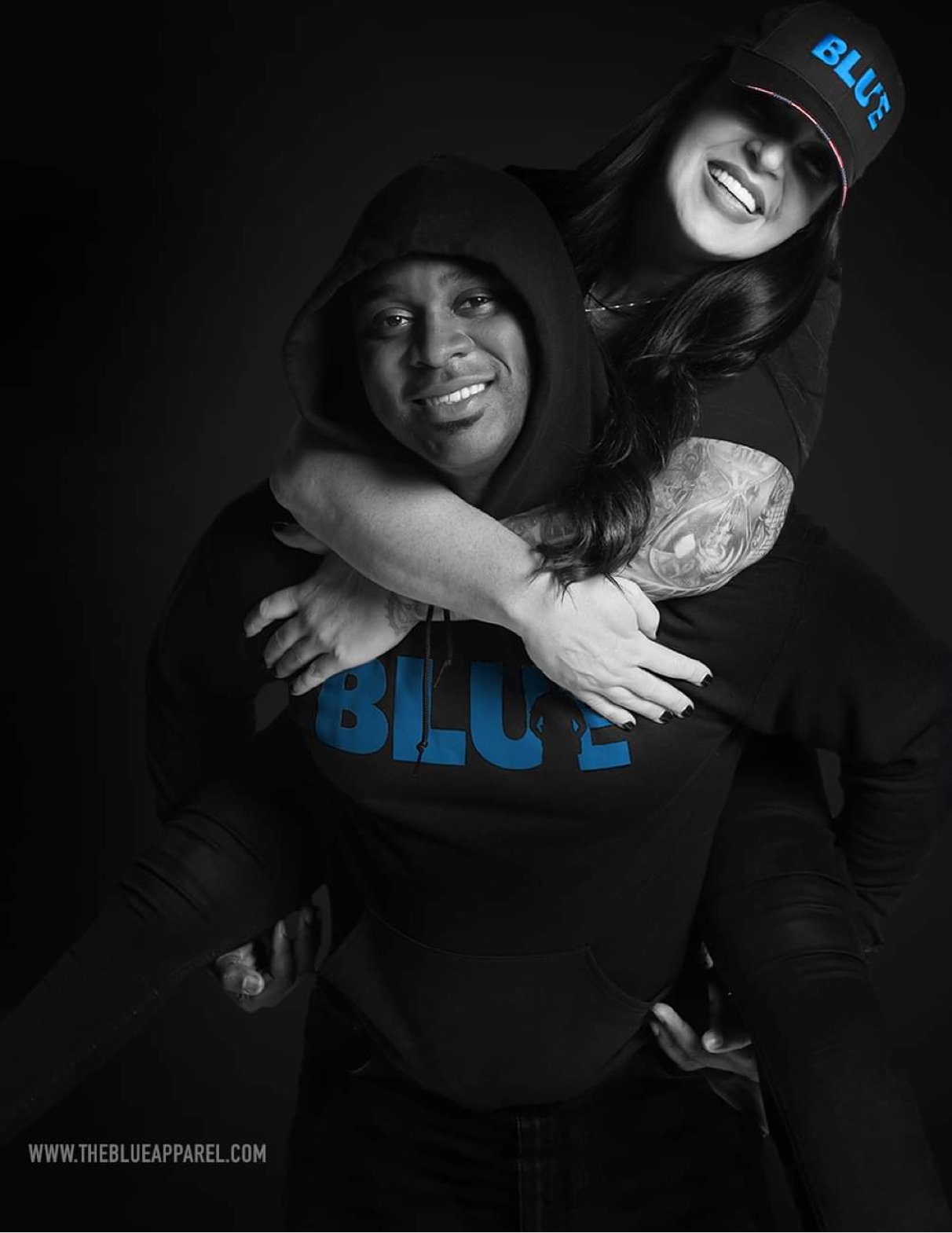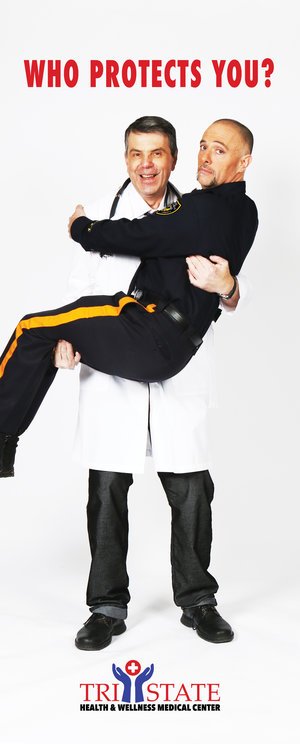Fentanyl and Law Enforcement: Tackling the Threat
/By: Joel E. Gordon
Fentanyl is a powerful synthetic opioid. It’s 50 to 100 times stronger than morphine. This might sound like medical jargon, but let’s put it simply: a tiny amount of fentanyl can lead to a big overdose. It’s often mixed with other drugs, making it even deadlier. Imagine being sold a soda that looks just like your favorite drink but has an explosive surprise inside; that’s what’s happening on the streets.
Fentanyl is often pressed into pills resembling common prescription opioids, such as Percocet and oxycodone. It is often extremely difficult to distinguish the counterfeit pills from the authentic pills.
In recent years, fentanyl has become a leading cause of overdose deaths across the U.S. The numbers are staggering. Every day, families are torn apart as they lose loved ones to this invisible killer. It’s not just the users at risk; it’s their friends, families, and communities that feel the impact. When a person overdoses, the ripples spread wide, affecting everyone around them.
Law enforcement agencies are on the front lines of this crisis facing a tough battle against drug trafficking. Imagine trying to catch a thief who’s always one step ahead; that’s what police deal with when it comes to fentanyl. They work to intercept shipments, make arrests, and dismantle drug networks. But the challenge is enormous. Fentanyl is often produced in underground labs, making it hard to track its origins. However, NBC News reported that Chinese criminal groups were laundering drug money for the Mexican cartels on an unprecedented scale. The same Chinese brokers who were laundering fentanyl proceeds were now heavily involved in marijuana trafficking across the U.S. as well.
Cops are getting educated on fentanyl’s dangers. This means learning how to recognize signs of overdose and understanding the risks associated with exposure. They often carry Narcan, a drug that can reverse opioid overdoses in just minutes. Without Narcan, many lives would be lost simply because the officers weren’t prepared.
Another strategy is teamwork. Local police, federal agents, and health officials are joining forces. It’s like assembling a squad to tackle a villain; together, they can tackle the fentanyl crisis more effectively. This collaborative approach helps pool resources, share intelligence, and create comprehensive strategies to attack the problem from multiple angles.
Communities also should play a major role in fighting fentanyl. It’s not just a job for law enforcement; every person can make a difference. Awareness campaigns can educate the public about the dangers of fentanyl. Think of it as spreading the word about a fire in your neighborhood—if everyone knows, they can take steps to protect themselves.
Fentanyl isn’t just a law enforcement issue; it’s a community crisis that requires collective action. As this drug continues to pose a serious threat, it’s critical for everyone to stay informed and engaged. By working together, law enforcement and the community can push back against the fentanyl tide, saving lives and restoring hope.
Joel E. Gordon, Managing Editor of BLUE Magazine, is a former Field Training Officer with the Baltimore City Police Department and is a past Chief of Police for the city of Kingwood, West Virginia. He has also served as vice-chair of a multi-jurisdictional regional narcotics task force. An award winning journalist, he is author of the book Still Seeking Justice: One Officer's Story and founded the Facebook group Police Authors Seeking Justice. Look him up at stillseekingjustice.com









